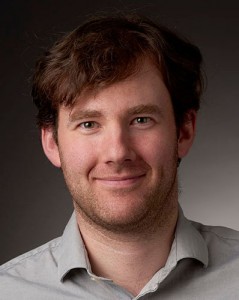Tracking daily activity relies on self monitoring and reporting, which can be time-consuming and inaccurate. To take the person out of the equation, SPH Assistant Professor Julian Wolfson, along with colleagues at the U of M’s Humphrey School of Public Affairs and Carlson School of Management, has developed a daily activity tracking app focused on how people move throughout their day. “We wanted to create a technology that would collect all of the information, without requiring the user to tell us everything,” says Wolfson.

The app relies on the GPS and accelerometer found in a user’s smartphone to track everyday movements, such as if a person uses the bus or car to get to work. As a statistician, Wolfson was in charge of creating models to make sense of the phone’s data. “We need to translate the raw signal from the phone to discern whether you’re in the car, or in the bus, or walking. Are you at work or home? When did you leave a location? All of that involves analysis based on sensor data that comes into the phone,” he says.
The app’s ability to track movement patterns had a strong tie to health research for Wolfson because it becomes possible to connect movement to health outcomes.
“We haven’t had much success in designing behavioral interventions that work well,” says Wolfson. “One of the potential reasons is that we don’t deliver these interventions in context. You can tell someone to get exercise, but that doesn’t translate to the moment where they are making a decision.”
The app is now being used in data collection for a study with SPH Professor Mark Pereira, who is researching the effectiveness of sit-stand desks. “We’re using the app to see if a sit-stand desk really makes them more active,” says Wolfson.
Wolfson sees an opportunity for widespread use of the app. “There is an increasing interest in self quantification,” he says. “People are interested in tracking their lives.”

